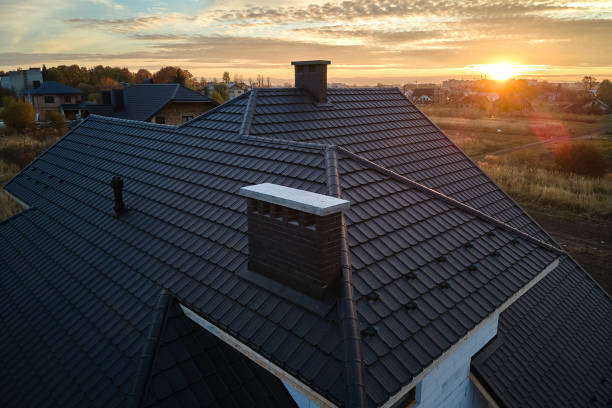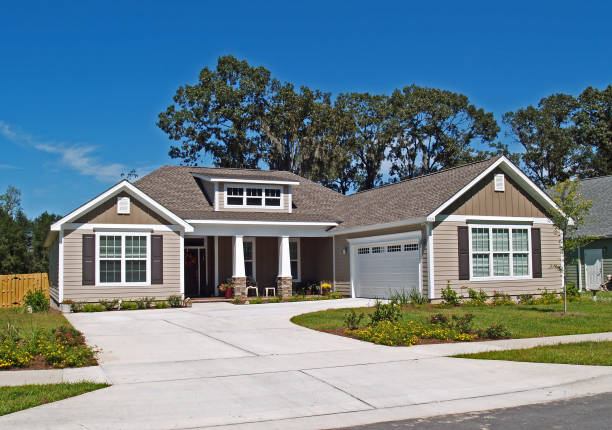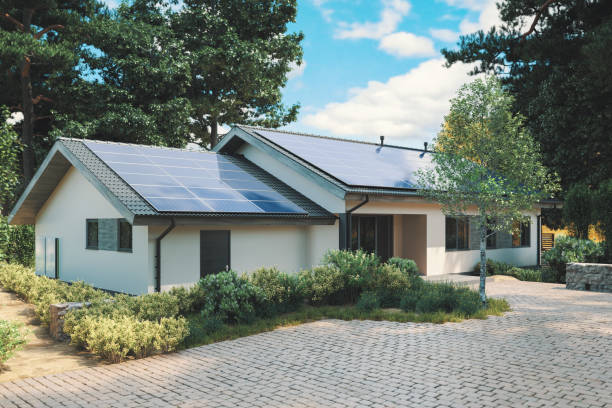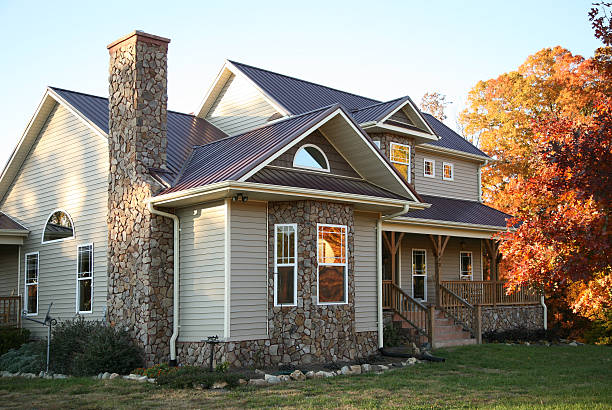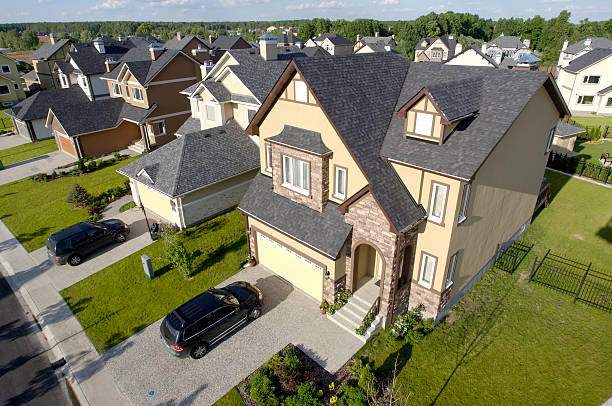How to Plan and Prepare for a Shingle Roof Replacement
A shingle roof replacement is a significant investment and a crucial step in protecting your home from the elements. Whether your roof is aging, damaged, or simply in need of an upgrade, planning and preparation are key to ensuring a smooth and efficient replacement process. From understanding the timeline to preparing your home for the work, the better you plan, the less stressful the project will be.
In this article, we’ll walk you through the essential steps to plan and prepare for your shingle roof replacement. With the right approach, you’ll be ready for the project ahead and can ensure that it goes as smoothly as possible.
Understand the Need for a Roof Replacement
Before diving into preparations, it’s important to understand why you need a roof replacement. Roofs wear out over time due to weather conditions, age, and general wear and tear. Some common signs that it’s time for a roof replacement include:
- Missing or damaged shingles
- Leaks or water damage inside your home
- Sagging or uneven roof structure
- Worn or damaged underlayment
- Age of the roof (typically around 20-25 years for asphalt shingles)
Assessing the condition of your roof can help you decide if a full replacement is necessary or if repairs are sufficient. Consulting with a roofing contractor for an inspection is a smart first step.
Set a Realistic Budget
Shingle roof replacements can range in cost depending on various factors, such as the size of your roof, the materials you choose, and the complexity of the job. It’s essential to set a realistic budget before starting the project. Here’s what to consider when budgeting for your roof replacement:
- Roof Size: Larger roofs will require more materials and labor.
- Material Choices: Asphalt shingles are the most affordable, but other options like architectural shingles, wood, or metal will increase the overall cost.
- Labor Costs: Labor costs will depend on the complexity of the roof and the contractor’s experience.
- Additional Work: If your roof deck or underlayment needs repairs, or if there are issues like mold or rot, these costs should be factored in.
Get at least three quotes from reputable contractors to ensure you’re getting a fair price. Be wary of extremely low bids, as they could be a sign of subpar materials or services.
Choose the Right Contractor
The quality of your roof replacement depends largely on the contractor you hire. To ensure a successful project, take the time to research and select a reliable roofing contractor. Here are some key steps to take when hiring a roofer:
- Research Local Roofers: Start by searching for contractors in your area with strong reviews and recommendations. Look for contractors with experience in shingle roof replacements and those who are licensed, insured, and bonded.
- Get Multiple Estimates: Always get at least three estimates from different roofing companies to compare pricing and services.
- Check References: Ask for references from previous clients and inspect their past projects if possible.
- Verify Credentials: Ensure your contractor is properly licensed and insured to protect yourself from liability.
Once you’ve selected a contractor, review the terms of the contract carefully, including the timeline, payment schedule, and warranty for the new roof.
Plan for Disruption
A shingle roof replacement can disrupt your daily life, so it’s important to plan for the inconvenience. Roofing work can be noisy and may take several days to complete, depending on the complexity of your roof. Here’s how to minimize disruption:
- Set Expectations: Ask your contractor about the expected timeline for the job, and make arrangements for any necessary accommodations during that period.
- Clear the Area Around Your Home: Ensure that there’s a clear path for the roofing crew to access your roof. Move vehicles, outdoor furniture, and garden items out of the way.
- Protect Your Home’s Interior: Roof replacement can shake the structure of your home, so consider protecting fragile items inside, such as artwork, mirrors, or light fixtures.
- Safety Measures: If you have children or pets, keep them safely away from the work zone. Roofing work involves heavy machinery and materials that can pose safety risks.
Schedule the Roof Replacement at the Right Time
Timing plays a key role in the success of your roof replacement. It’s crucial to choose a period when weather conditions are favorable to ensure the project is completed safely and on time. Here’s what to keep in mind when selecting a time:
- Weather Conditions: Roof replacements require dry, calm weather. Avoid scheduling the job during rainy or windy seasons, as these conditions can delay the work.
- Seasonality: Late spring and early fall are often ideal times for roof replacements in many regions, as the weather is generally mild. However, roofing can be done in the summer or winter as long as weather conditions are manageable.
- Contractor Availability: Roofing contractors often experience busy seasons during spring and fall. If you’re planning a project during these months, try to book well in advance.
Prepare for Cleanup and Final Inspection
Once the new roof is installed, a thorough cleanup should follow. Make sure to discuss the details of cleanup with your contractor in advance. Here are a few things to look for:
- Debris Removal: After the shingles are replaced, roofing crews will remove old materials, nails, and other debris. Confirm that they will leave your property clean and free of any leftover materials.
- Post-Installation Inspection: After installation, schedule a final inspection to ensure that everything is up to code. The contractor should walk you through the work and make sure all parts of the roof, including flashing and ventilation, are in place.
Conclusion
Planning and preparing for a shingle roof replacement is an essential part of the process. By setting a realistic budget, choosing a reputable contractor, preparing your home, and being mindful of the timing, you can ensure that the project goes smoothly. Proper planning helps minimize stress and disruption while ensuring that your new roof will protect your home for many years to come.
By following these tips, you’ll be well on your way to enjoying a high-quality, durable roof that adds value and security to your home.

